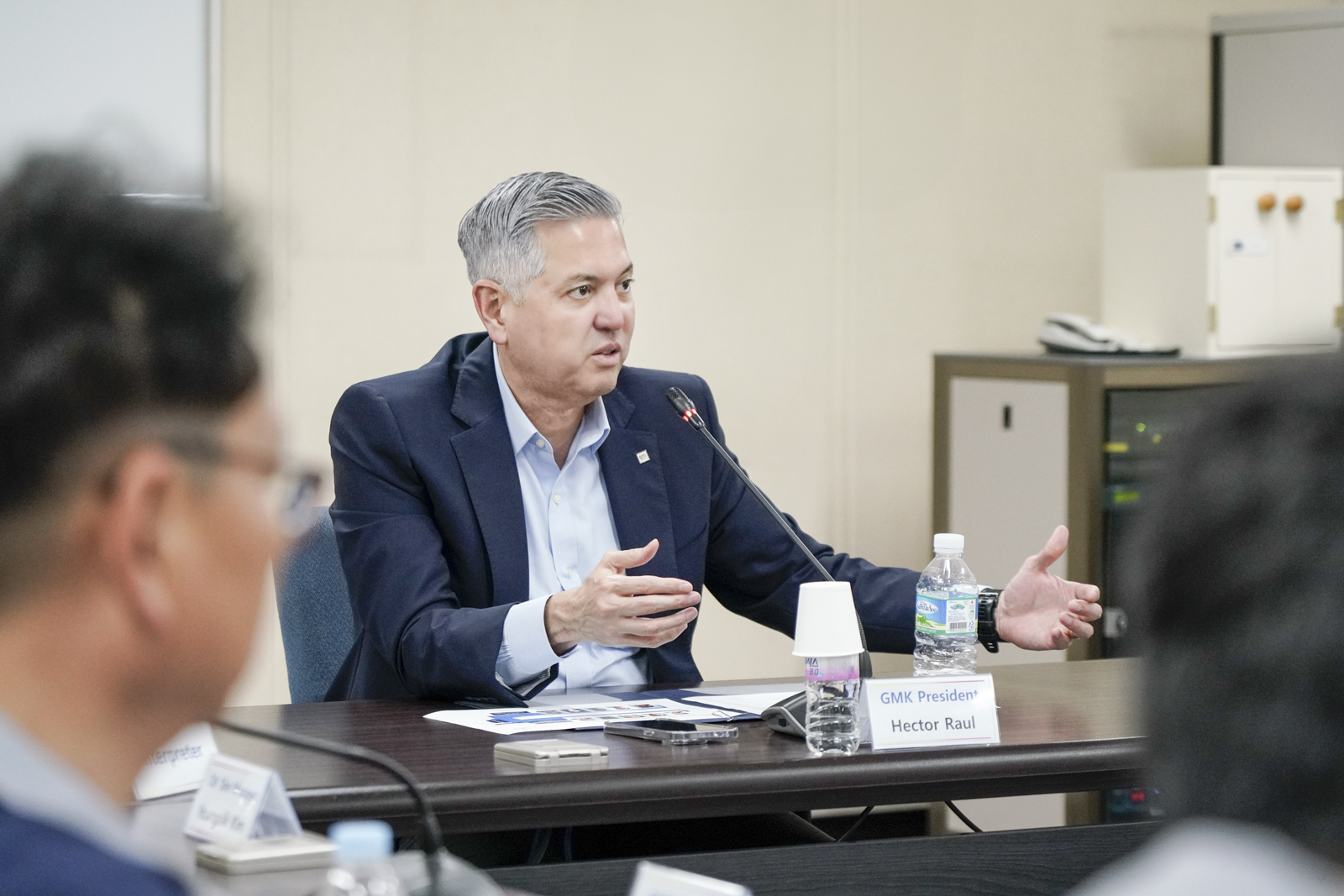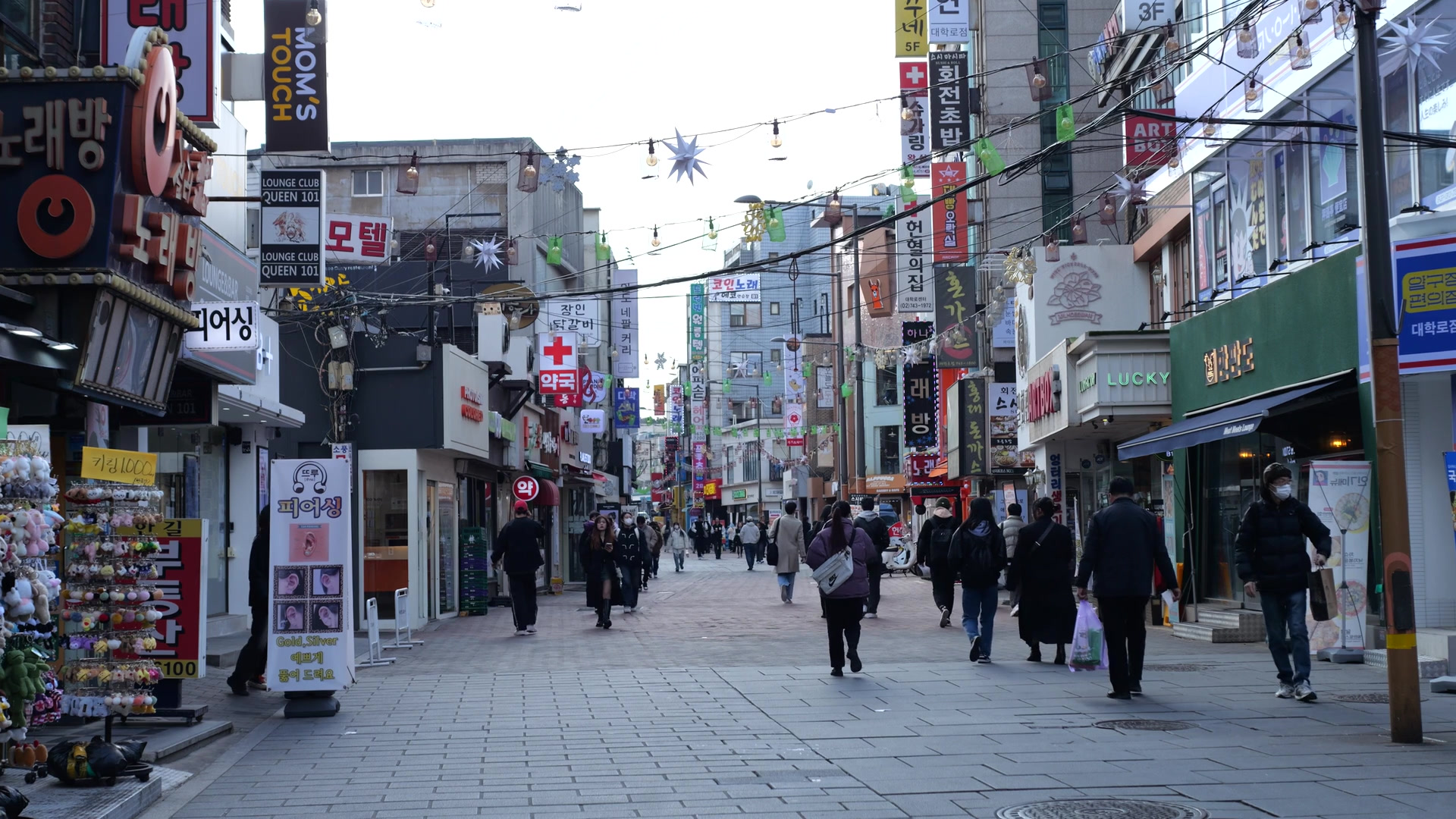
In 2023, the average annual working hours for wage workers in South Korea stood at 1,874 hours—157 hours longer than the OECD average—keeping the country among the highest in working hours globally. Compared to the OECD average, this translates to working over a month more per year under a standard 40-hour workweek. Against this backdrop, major political parties in South Korea have made the implementation of a “four-day workweek” or “4.5-day workweek” a key campaign promise ahead of the presidential election, fueling heated debates over reducing workdays. However, there were significant differences in how these promises would be realized and whether they would actually shorten working hours.
While South Korea’s current Labor Standards Act does not mandate a five-day workweek, the legal cap of eight hours per day and 40 hours per week has effectively institutionalized it. The proposed 4.5-day workweek could take two forms: either reducing actual working hours or maintaining total hours while adjusting the work schedule.
The Democratic Party pledged to expand the 4.5-day workweek by supporting businesses, conditional on actual working hours being reduced, with the goal of cutting labor hours below the OECD average by 2030. In contrast, the People Power Party emphasized flexible work arrangements, such as working longer hours from Monday to Thursday and only four hours on Friday. This approach, already feasible under current labor agreements, focuses more on flexibility rather than reducing total working hours.
Applying a uniform 4.5-day workweek to all workers would require amending the Labor Standards Act to reduce the legal working hours from 40 to 36 per week. However, cutting statutory working hours raises the challenge of potential wage reductions, with acceptability varying depending on income levels.
Looking at international examples, among 16 major countries, nine regulate daily overtime limits, often setting a “maximum allowable daily working time” even under weekly or monthly averaging systems. Germany, for instance, caps work at 10 hours per day (averaging eight hours over six months) under flexible work arrangements, with a weekly limit of 48 hours.
Belgium restricts work to 11 hours per day and 50 hours per week. The UK, Denmark, Sweden, and Canada manage working hours with a 48-hour weekly limit. Finland imposes strict annual overtime limits of 138 hours over four months and 250 hours per year.
These shorter overtime regulation periods aim to prevent excessive work in specific intervals and protect workers’ health—a stark contrast to South Korea’s industrial accident standards, which recognize overwork-related deaths based on an average of 64 hours per week in the four weeks prior to onset. This difference also explains why the government’s revised proposal—allowing up to 69 hours per week with 11-hour breaks between shifts—faced criticism for “encouraging overwork.”
In conclusion, while the 4.5-day workweek is seen as a necessary step to improve workers’ quality of life, its realization requires more than just schedule adjustments. A comprehensive approach—including actual working-hour reductions, solutions for wage impacts, and corporate support measures—is essential. Drawing lessons from global cases, South Korea needs in-depth discussions on adopting labor-hour regulations and flexible work systems tailored to its unique context.















